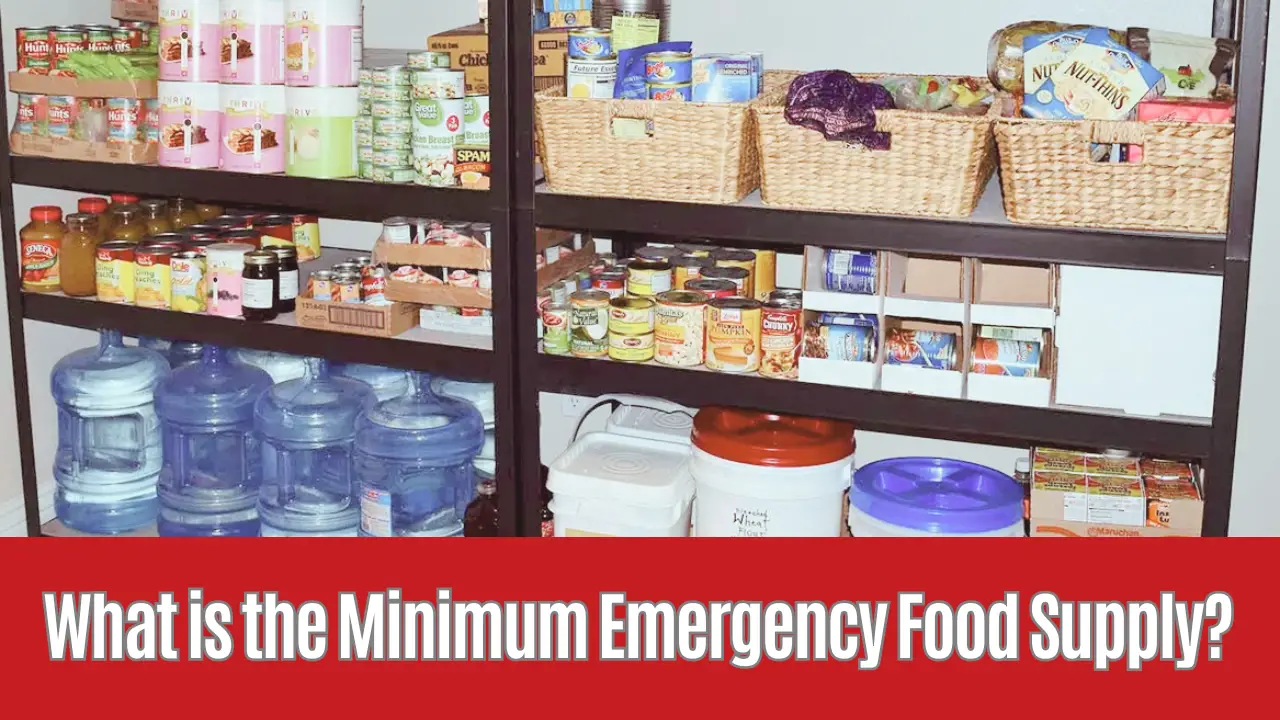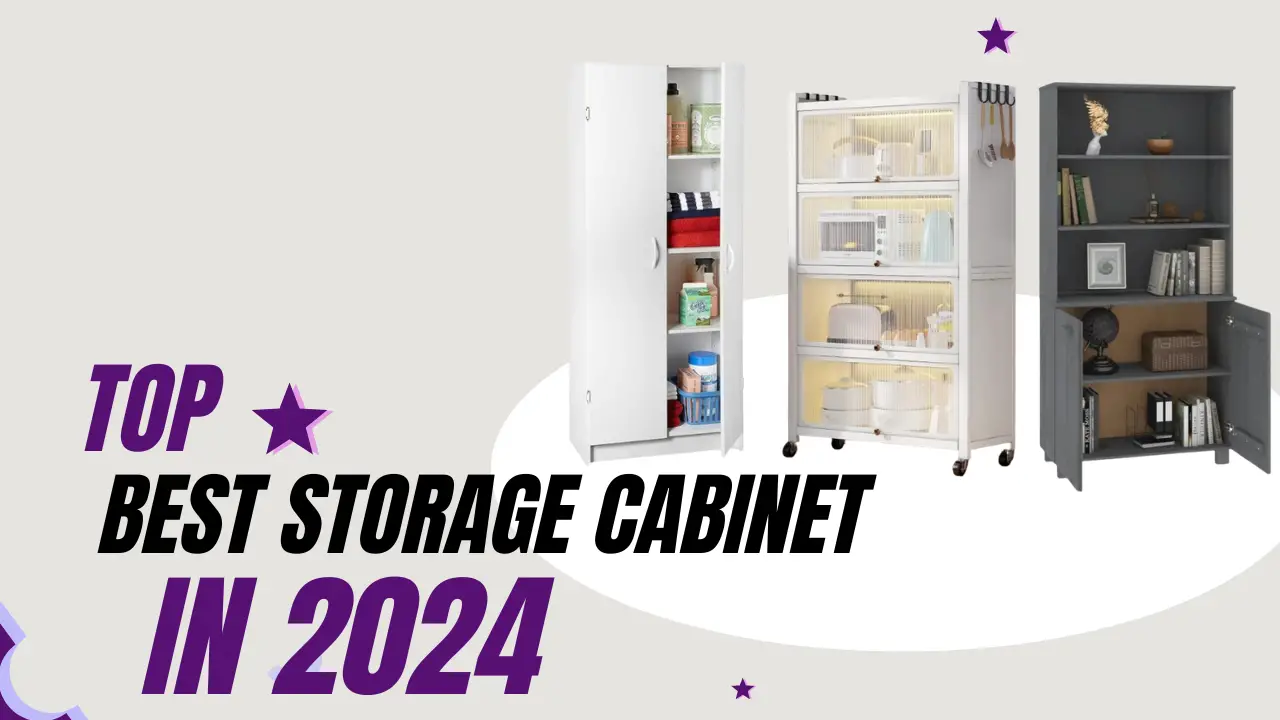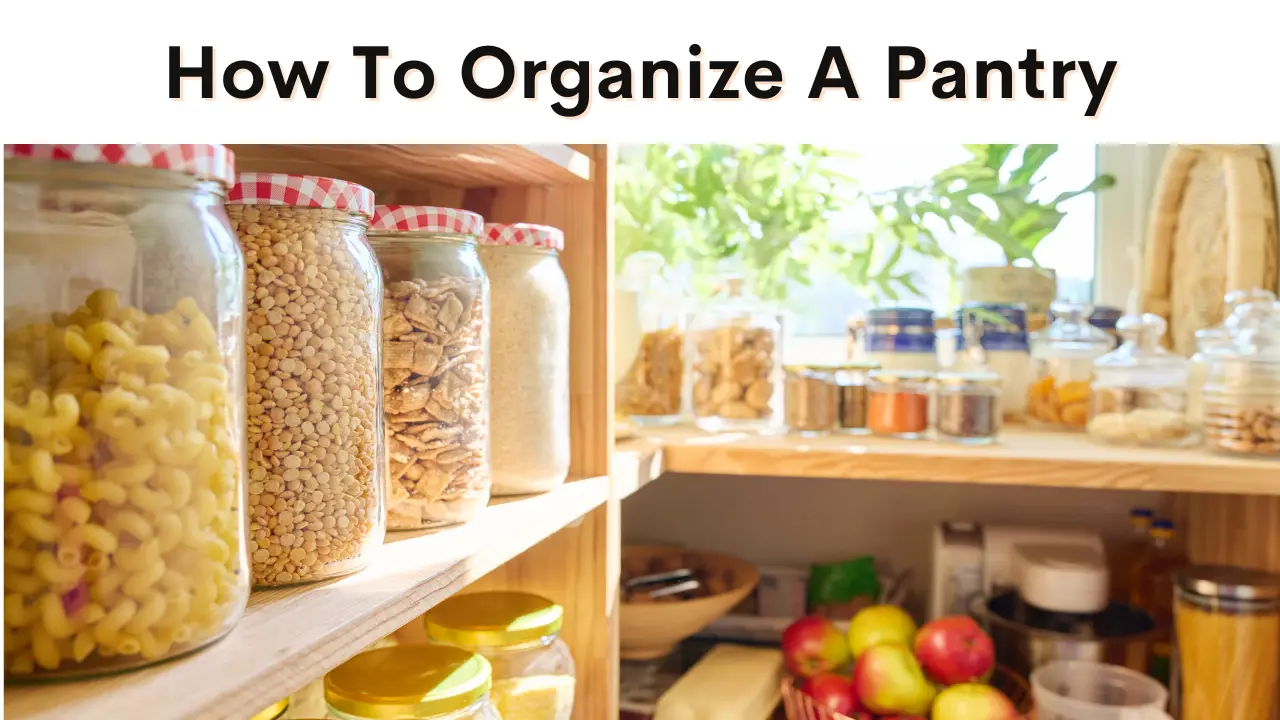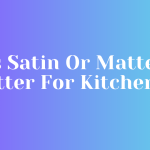Are you wondering whether you should heat your pantry? It’s a common question among homeowners, and the answer depends on various factors. In this article, we will explore the benefits and potential drawbacks of heating a pantry. By considering these factors and following some helpful tips, you’ll be able to make an informed decision for your home.
Should A Pantry Be Heated? No, a pantry should not be heated. The ideal condition involves maintaining a constant temperature with evening or morning ventilation. Ideally, the pantry should remain unheated or have a temperature lower than the rest of the house.
Ensuring the safety and longevity of your stored goods is a crucial aspect of maintaining a healthy household. From preventing foodborne illnesses to preserving the quality of your provisions, the way you manage your pantry plays a pivotal role. Let’s dive into the intricacies of pantry storage, exploring factors that impact the well-being of your stored items and practical solutions for an ideal storage environment.
The Hidden Dangers of Improper Pantry Storage
Microbiological Threats
Poor cooling or excessive heating often lead to foodborne illnesses. Unfavorable temperatures, whether from natural heat, winter buildup, or appliance emissions, create breeding grounds for harmful microorganisms and fungi. From the kitchen and beyond, water vapors contribute to condensation on cold surfaces, fostering an environment conducive to bacterial growth.
Microbes in Everyday Edibles
Certain foods carry inherent microbial risks. Soil-contacted herbs, protein-rich meats, and water-laden fish can harbor bacteria. Extended exposure to hot and humid conditions accelerates microbial proliferation, posing health risks. Additionally, larger organisms like fruit flies and potential larvae in supermarket produce introduce unhygienic elements.
Chemical Contamination
Beyond microbiological threats, chemicals play a role in food safety. Pesticides, preservatives, and peel lacquers emit substances that can degrade indoor air quality. Natural chemicals like ethylene, released during the ripening of some fruits, contribute to accelerated decay and mold growth.
Optimizing Pantry Conditions
Ventilation Solutions
Window Fans
- Explore Vents Window Fan Range 150 MAO1 for efficient air circulation.
- Wall fans like the Vario 300/12 ARI-S provide up to 295 m³/h airflow.
Old vs. Modern Pantries
In old buildings, natural ventilation through windows is effective, while modern, insulated pantries require additional cooling. Ideally, a pantry should be on the shady side of the house, maintaining a constant temperature. Regular cleaning and monitoring of cleanliness are essential.
Ideal Pantry Conditions Checklist:
- Location: Dark and cool with consistent temperature and humidity.
- Ventilation: Regular airflow and no heating pipes.
- Separation: A tightly shut door isolating the kitchen and pantry.
Storage Recommendations:
- Cellar or Basement (4°C – 12°C): Appropriate for items like apples, potatoes, and beverages.
- Kitchen: Ideal for packaged or dried foods, stored in lockable containers.
- Pantry (No Insulation or Windows): Dark and chilled, suitable for light-sensitive items like onions.
- Pantry (With Window): Well-ventilated with slightly elevated humidity, suitable for everyday consumables.
- Storage Room (15°C – 20°C): Cooler than a cellar, suitable for fresh produce and sensitive items.
Maintaining Your Pantry
- Cleaning: Regularly mop and wipe shelves and floors, but be mindful of water usage to avoid disrupting humidity levels.
- Ventilation: Keep relative humidity around 70% to prevent mold growth. Consider installing additional fans for optimal air circulation.
When it comes to heating a pantry, there are indeed some benefits to consider. First and foremost, heating your pantry can help prevent food spoilage. Many food items, such as canned goods or dry goods, have recommended storage temperatures.
Additionally, a heated pantry can provide a more pleasant cooking experience. Instead of reaching for cold ingredients, you can have everything at a comfortable temperature, making meal preparation a breeze.
However, there are also potential drawbacks to heating a pantry, which we will explore in the next section.
Potential Drawbacks of Heating a Pantry
If you warm up your pantry, it might lead to some unexpected downsides. One potential drawback is increased energy consumption. Heating a pantry requires energy, whether it’s through electricity, gas, or another power source. This can result in higher energy bills, especially if the pantry is constantly heated.
Therefore, it’s important to consider the cost and environmental impact of heating your pantry before making a decision.
Another potential drawback of heating a pantry is the effect it can have on the shelf life of certain items. Some food items, such as canned goods and dry goods, don’t require heating and can be negatively affected by higher temperatures. Heat can cause spoilage, decrease the nutritional value, and reduce the overall quality of these items.
Additionally, certain pantry staples like oils, nuts, and spices can also be negatively impacted by heat, leading to rancidity and loss of flavor. Therefore, it’s crucial to assess the specific needs of the items in your pantry and determine if heating is necessary or if alternative storage methods can be used to maintain their quality and shelf life.
Factors to Consider
When considering whether to warm up your pantry, it’s essential to take into account various factors that could impact the overall effectiveness and efficiency of the heating process. Here are four important considerations to keep in mind:
- Cost considerations: Heating a pantry can lead to increased energy consumption, which in turn can result in higher utility bills. It’s important to evaluate whether the benefits of a heated pantry outweigh the additional costs.
- Energy efficiency: Heating a pantry requires energy, and it’s important to consider how efficiently that energy is being used. Insulating the pantry properly and using energy-efficient heating methods can help minimize energy waste and reduce costs.
- Temperature control: Different food items have different temperature requirements. It’s important to consider whether a heated pantry can provide the necessary temperature control for the specific items you plan to store. Some items may require cooler temperatures, and heating the pantry could lead to spoilage or degradation.
- Climate and location: The climate and location of your home can play a significant role in the effectiveness of heating a pantry. If you live in a colder climate, heating the pantry may be more beneficial compared to a milder climate where the ambient temperature is sufficient for food storage. Additionally, the location of the pantry within your home can impact how easily it can be heated and whether the heat can be evenly distributed.
Considering these factors will help you make an informed decision about whether to heat your pantry. It’s important to weigh the potential benefits against the costs and energy efficiency implications to ensure that your pantry meets your specific needs.
Tips for Making an Informed Decision
To make an informed decision about warming up your pantry, consider these helpful tips that will guide you toward the best choice for your specific needs. One important factor to consider is the pros and cons of heating your pantry. While heating your pantry can help prevent food from freezing in colder climates, it can also lead to increased energy costs. Additionally, heating the pantry may not be necessary if you live in a region with mild winters.
Another important aspect to consider is the cost analysis. Heating your pantry will inevitably lead to higher energy bills. It is essential to evaluate whether the benefits of a heated pantry outweigh the additional costs. To assist you in making a well-informed decision, here is a table that compares the pros and cons of heating your pantry:
| Pros | Cons |
|---|---|
| Prevents food from freezing | Increased energy costs |
| Creates a more comfortable environment for food storage | It may not be necessary in mild climates |
| Reduces the risk of food spoilage | |
| Allows for better temperature control |
By weighing the pros and cons and conducting a cost analysis, you can determine whether heating your pantry is the right choice for you. Consider your specific needs, climate, and budget before making a final decision.
Conclusion
Your pantry’s organization and conditions significantly impact the safety and longevity of stored items. By understanding and implementing proper storage practices, you can create a space that promotes food safety and minimizes health risks.
FAQs About Pantry Storage
How often should I clean my pantry?
Regular cleaning is crucial; aim for at least once a week to prevent microbial growth.
Can I use my pantry for storing non-food items?
Yes, but ensure proper segregation to prevent cross-contamination.
Are there natural ways to control humidity in the pantry?
Yes, placing moisture-absorbing materials like baking soda can help regulate humidity.
Should I invest in a smart pantry system for temperature control?
It depends on your needs; a well-ventilated, cool pantry can often suffice without complex systems.
How can I ensure my pantry stays dark and cool without windows?
Use dark-colored curtains or blinds, and consider LED lighting with low heat emission.










